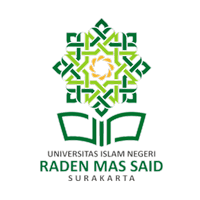From Olympus to the Streets: Morphological Language Deviation as Identity Marker in Bad Boys: Rides or Die
Contributors
Robith Khoiril Umam
Keywords
Proceeding
Track
General Track
License
Copyright (c) 2025 International Conference on Cultures & Languages

This work is licensed under a Creative Commons Attribution-NonCommercial-NoDerivatives 4.0 International License.
Abstract
Films are often used as a communication medium to convey views and values regarding the existence of certain entities. The language performed in film dialogue is frequently based on realities in real life to make it more natural and acceptable for the audiences. This study explores morphological language deviations occurring in the dialogues of action-comedy film Bad Boys: Rides or Die (2024). It is descriptive qualitative research examining language deviation phenomena in media. The data are dialogue among the main characters taken from the film. The technique to analyse data based on theory developed by Spradley (2016) consisting domain, taxonomy, componential and cultural theme analysis. The collected data were classified to types of morphological deviation and interpreted based on their communicative functions. The types of morphological deviation found are clipping/informal contraction, neologism, and slang. The findings indicate that morphological deviations play an important role in the film and serve to develop solidarity, emphasize urban masculinity, and convey humour. The study contributes to understanding how current media normalize and share informal language practices. Furthermore, in the context of film industry, this type of language deviation is designed to attract more audiences.

